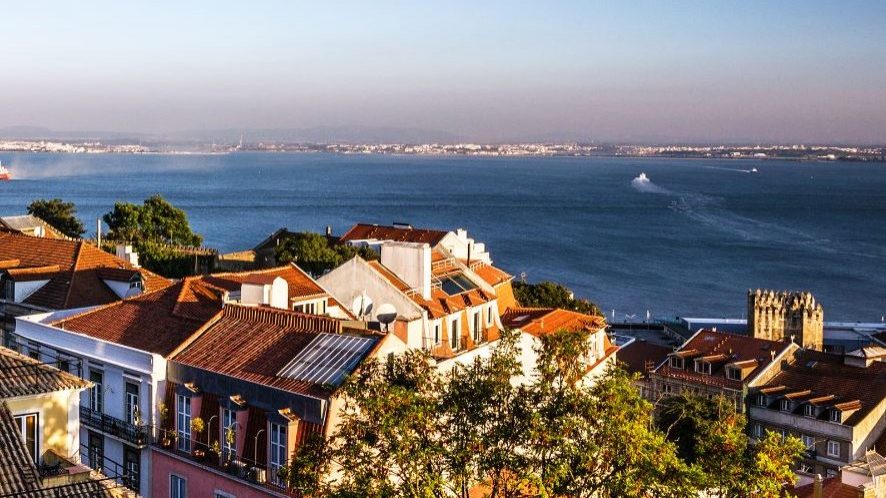Second wave scenario anticipates 13.1% fall in Portugal’s GDP
Bank of Portugal is more pessimistic than the Government for the evolution of the economy. It predicts a sharp contraction followed by a recovery of 5.2% in 2021 and 3.8% in 2022.
The severe scenario projected for the Portuguese economy in 2020, in the case of a second wave of Covid-19, could lead to a 13.1% drop in Gross Domestic Product (GDP), according to the Economic Bulletin of the Bank of Portugal (BoP).
adverse scenario addressed by the Bank of Portugal “presents the scenario for the Portuguese economy underlying the severe scenario for the euro area published in early June by the ECB within the scope of the Eurosystem exercise”.
“This more severe scenario assumes that a second wave of global infections occurs, requiring the reintroduction of strict containment measures, including the possibility of a new general containment period”, the document said.
The most adverse situation projected in this part of the Economic Bulletin censures that the “high uncertainty and insecurity” will persist for longer, “affecting production processes, investment decisions and consumption patterns”, and that implies “that more firms will be forced to close down permanently”.
“Against a background of high levels of public and private borrowing, this more severe scenario also foresees that the increase in insolvencies will have an adverse impact on the financing costs of economic agents, only partially mitigated by policy measures. It is also assumed that the budgetary response is more significant in this scenario”, according to the BoP.
In the euro area, in this scenario, GDP will fall by 12.6% and the subsequent recovery is 3.3% in 2021 and 3.8% in 2022, “implying that at the end of the horizon GDP levels are still about 6% below those observed in 2019.”
The adverse scenario, for Portugal, assumes a second wave of infections in the second half of the year, leading to a “consequent imposition of public health measures”, which imply a further fall in economic activity and a more gradual recovery than assumed for the euro area, given the structural fragilities of the Portuguese economy and the greater relative weight of tourism-related sectors.”
“In 2022, the level of GDP in Portugal is 8.5% below that observed in 2019”, in the adverse scenario, notes the BdP, which estimates larger falls in expenditure but higher public consumption, since “the forced closure of some activities and the reopening to lower capacity levels, as well as changes in consumer preferences and behaviour, mean that more companies are no longer viable.”
The adverse scenario shows even more negative behaviour in employment, the evolution of which “is very uncertain, being greatly influenced by the impact of economic policy measures”.
“The results presented are indicative, reflecting the degree of arbitrariness of the assumptions underlying the exercise and the impossibility of capturing all the relevant factors,” the BdP notes, pointing out that “in any case, they illustrate how the economic costs of the pandemic on the Portuguese economy may prove even more significant and persistent.


